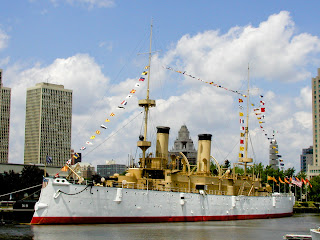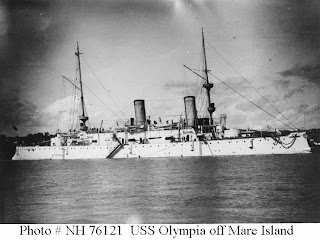
(Photo from the Bishop Museum’s collections)
Beneath Manoa, there exists a huge but relatively unknown system of underground caves and water caverns centered roughly at the intersection of University Avenue and King Street.
Well, at least the system used to be huge. During the 1920s, the cave system stretched at least as far north as the University of Hawaii’s upper campus, and at least as far south as Kapiolani Boulevard, and prior to that the system was probably even more extensive.
It was a very beautiful system. Water from these caves fed springs that in turn fed beautiful ponds. These ponds were prized by Manoa residents for their clean water and beautiful fish.
Today, some of the caves are still there (most notably the Moiliili Water Cave beneath University Avenue), but much of the system was destroyed as Honolulu urbanized.
The greatest damage to the system was done in 1934, when a construction project downslope of the cave system struck the caverns, causing much of the water in the caves to drain before the leak was sealed. The result was nothing short of an economic disaster. The caves’ water spewed from sidewalks, houses and trees sank, and water and gas lines ruptured.
As the water level dropped, the ponds of Manoa disappeared almost immediately (along with most of their fish). The loss of water caused the land in Moiliili to become unstable, and sinkholes appeared in many areas. In one instance, an entire store collapsed into a sinkhole. Interestingly, investigators saw some of the fish that disappeared from the former ponds swimming inside that particular sinkhole.
As urbanization increased, many parts of the old cave system were destroyed or filled in. For example, it is unknown whether the portion of the cave system underneath the University of Hawaii’s upper and lower campuses still exist. Today, only one of these caves remains readily accessible: the Moiliili Water Cave.
Interestingly, aside from some construction fill, the Moiliili Water Cave beneath University Avenue is surprisingly unpolluted (its bacteria counts have actually been on the decline in recent years, and is apparently significantly lower than, say, Manoa Stream), its water crystal-clear and its water very cool to the touch. In fact, fish still swim in the cave’s waters. This cave is the only known remaining portion of the old cave system today (though other parts of the cave system, near where the Stan Sheriff Center now stands, were known to exist as recently as 1979, complete with a whole pond full of catfish in one part of the cave; however, it is unknown whether these caves were destroyed during the development of UH’s current athletic complex and lower campus parking lot), and it should be preserved and protected in the interests of future generations and history fanatics like me.
MODERN CONNECTION: Many people were alarmed when, this past June, the city released this photo of what a rail system passing through Moiliili would look like. Many people wondered why they couldn’t just stick the rail system underground like how they’re proposing to do it in downtown Honolulu. The main reason why they can’t stick the railroad underground in Moiliili is because of the underground caverns in the area–that is, a subway tunnel in the area would 1) destroy the cave system (though I doubt the city cared about that), 2) would likely be flooded due to the low water table in the area, and 3) would just be too expensive.



